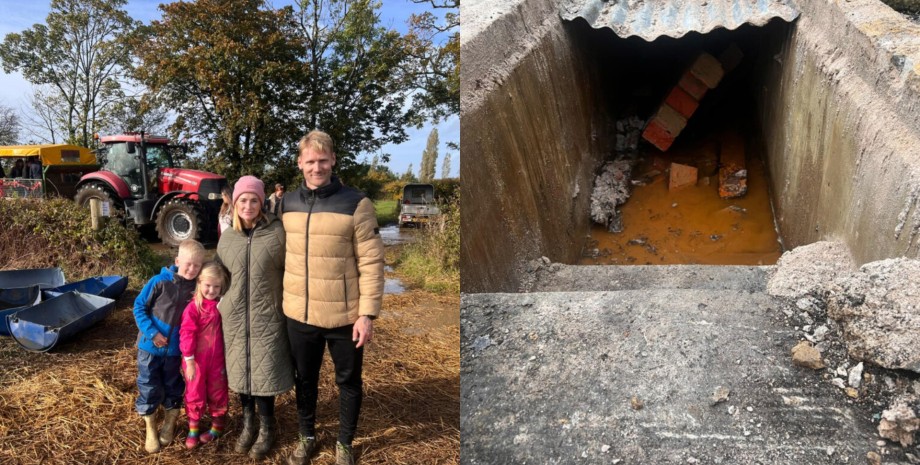
 By Natali Moss
By Natali Moss
About it writes what's the jam. The family has lived in a three -room house with their children Noah and Florence for more than three years. However, they had no idea about having a bunker in their garden until they started repairing. In the process of reconstruction of the rear yard, the couple came across a concrete block about three meters long, which was further part of the old shelter. "When we started digging this area, we noticed steel rods that seemed strange to us for a summer house.
When we got to corrugated iron, I thought," My God, what we found? " leading into the hopper. The couple decided to abandon the initial plans for the construction of the garden room at the site of a summer house and decided to maintain a historical shelter. They plan to make the hopper available for further use, providing a little light and carrying out all the restoration work. "We like the idea of using it for its intended purpose.
We want to keep it as part of our history and give children the opportunity to learn more about the past," Katherine says. The family said that the children were delighted with the find, and the local school has already expressed a desire to make a tour for students to introduce them to the history of World War II. "For children, this is a unique opportunity to find out about the time," Katherine added.
The publication notes that the shelter found is one of Anderson's bins - small metal structures built to protect against air raids during the Second World War. These shelters were often located in the gardens and yards of private homes. They were two curved metal panels fastened with bolts and burned into the ground to a depth of about three feet. Each such hopper could accommodate up to six people and withstand the fall of a 100-funtain bomb.
Anderson's shelters were named after Sir John Anderson, the Minister of Internal Affairs of the United Kingdom during the war, which was one of the initiators of their widespread distribution. Such structures were provided free of charge to families with low income, and later sold to wealthier citizens. In total, about 3. 6 million bins were produced, of which about 1. 5 million were distributed in the UK.
The repositories have been popular since the beginning of intensive air attacks in 1940, and many families used them every night during bombing. Earlier, Focus reported that a man who was preparing for the War of the Worlds showed his hopper with stocks. Sam claims that both natural disasters and political and economic crises. He showed that he first decided to take his shelter. It also became known why a huge skyscraper was built in the middle of the forest.










All rights reserved IN-Ukraine.info - 2022